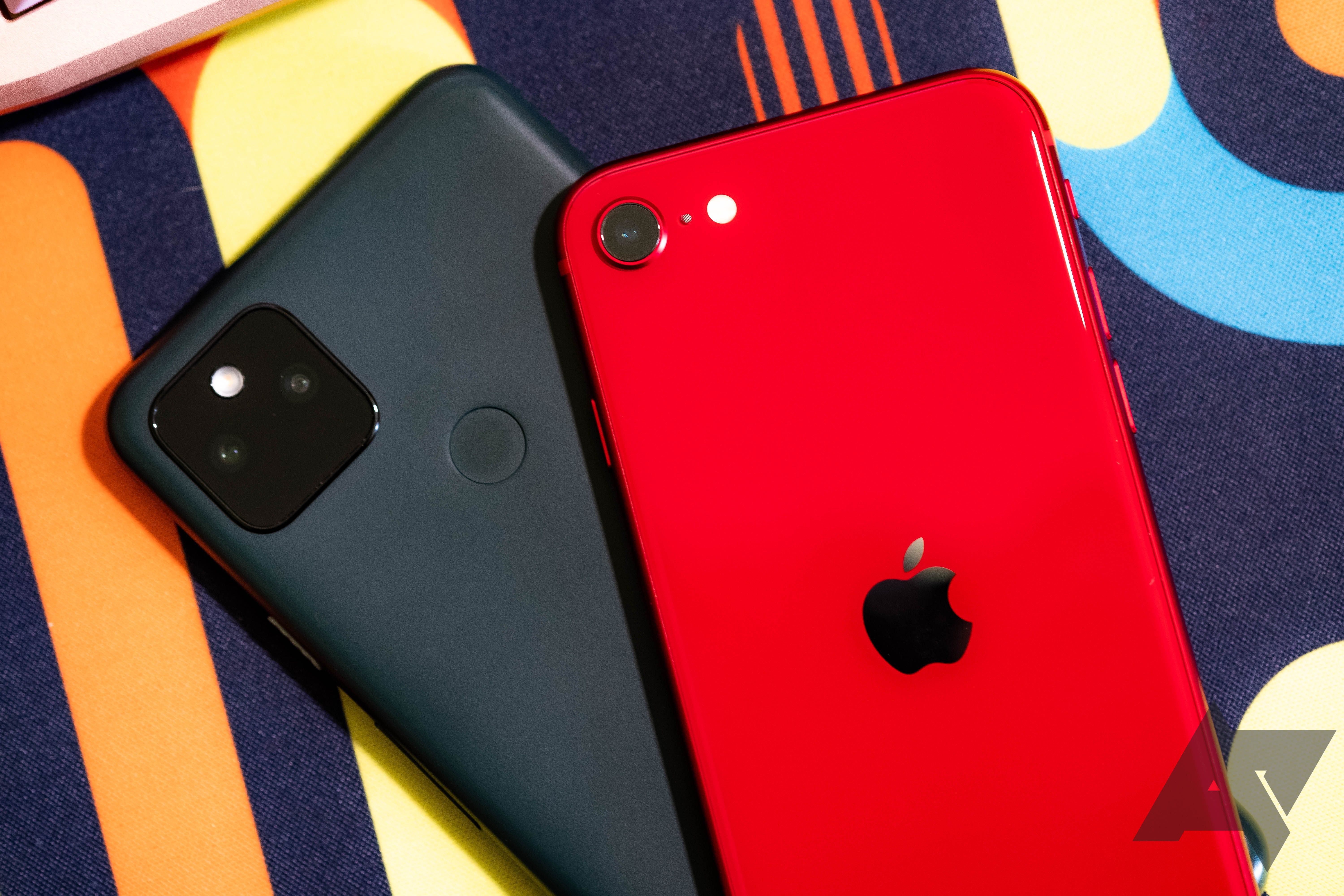Earlier this year, Google rolled out a workaround for the way iPhones handle message reactions sent to Android phones: its Messages app now interprets the reactions as emojis rather than text, saving space on screen and making for an all-around smoother experience. Perhaps inspired by Google's approach, iOS 16 is making a similar change to group texts. While conversations that include Android phones still don't have full access to iMessage features, including an Android user in a group text will no longer cause so-called Tapback spam.
In iMessage, iPhone users are able to tap messages they've received to react to them with little icons — thumbs up, thumbs down, a bubble that says "HA HA," and others. Apple calls these reactions Tapbacks. When an iPhone user tries to send a Tapback to someone who isn't using an iPhone, that person will instead get a discrete text that says something like "Bob liked [message text]." Google Messages now translates those texts into in-line emoji reactions.
If an iMessage group text includes any non-iPhones, the entire conversation becomes MMS-based, which limits iMessage functionality and causes those same obnoxious Tapback text messages to be sent to every participant. As spotted by 9to5Mac, beginning in iOS 16, Apple devices will know to interpret those texts as actual Tapbacks — so every iPhone (and Android phone running Google Messages) will see an in-line reaction rather than an annoying separate text message.
It's hardly the RCS-in-iMessage revolution we've been hoping for, but it's still reassuring to see that Apple is considering ecosystem interoperability to some extent — at least where its own users are concerned.

